
Competitive space according to the expectations of employees
Over the past few years, the commercial real estate market has been affected by major disruptions, including the global financial crisis and the COVID-19 pandemic. Local demand-side factors exerted the strongest influence on these disturbances in the short term, along with changes in preferences during crisis periods. On the other hand, long-term estimations are still closely related to macro-financial factors. Commercial real estate had to quickly adapt to the changes brought about by the health and geopolitical crises, both globally and locally.
"Structural changes were first and most felt by the office space segment."
The pandemic has converted the future of work into a hybrid model, so today's offices are expected to be flexible spaces that coexist with remote work options.
In this new hybrid model, the office space must be designed so that it can quickly and efficiently evolve from a place to sit-at-a-desk to a revitalized space for connecting and exchanging ideas. Office design must be such that it enhances the employee experience, with flexible layouts that maximize the value of personal contact while adapting to different uses throughout the day. Also, the availability of additional facilities today represents another elimination factor in the process of choosing the adequate space by users. If the office space is not connected to external elements in the form of restaurants, cafes, gyms, entertainment zones, markets, and service activities, it is initially ranked lower and less in demand.
In order for new investments to ensure competitiveness and demand on the market, investors will have to use the power of the digital world in addition to a modern concept that follows the pace of rapid changes, in order to create more sustainable, resilient, and efficient spaces focused on people and their satisfaction. The introduction of applied solutions in space maintenance and the digital form of communication between space users and the object, i.e., its management, is increasingly certain as an inevitable condition that a new, modern, competitive space must meet and thereby meet the expectations of modern users.
Marija Urban, Director of business planning and finance operations
All news

Novaston Real Estate platform has launched the expansion of its investment portfolio in Croatia with two luxury projects in prime locations on the Kvarner coast – in Opatija and Ičići....

One of the most exciting entertainment projects in Belgrade – Turbomax – was recently opened, and the Novaston team has been part of this venture from the very beginning....

Our Novaston team participated in placing the time capsule and cornerstone for another retail park, this time in Gevgelija...

We are proud to announce that another retail park we have worked on has opened its doors, this time for the residents of Ruma....

AVA Shopping Park was visited by more than 2 million people in less than two years, and more than 50 domestic and national brands found their homes in AVA SP....
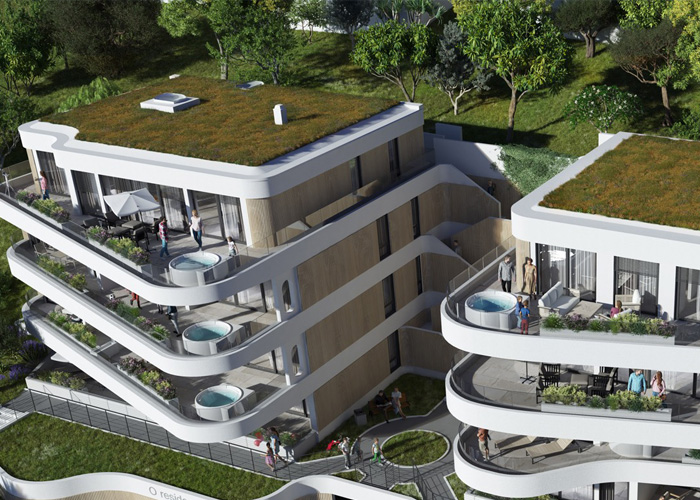
The construction of the luxurious residential complex “O Residence” has started - Novaston Cro Investor...
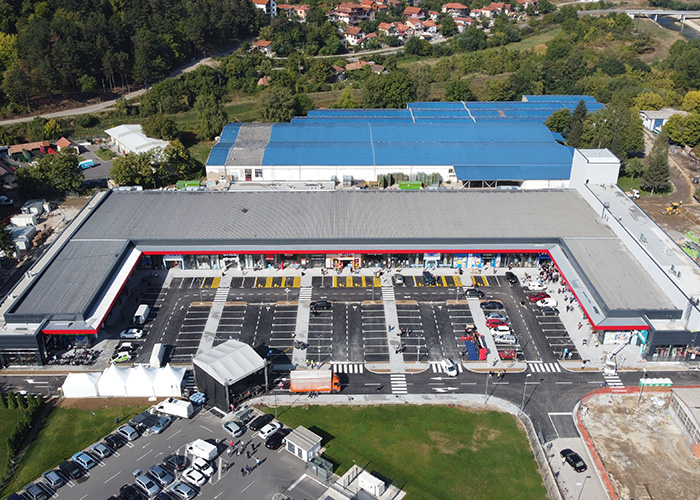
NOVASTON Company proudly marks two years of successful management of PULS Shopping Park...
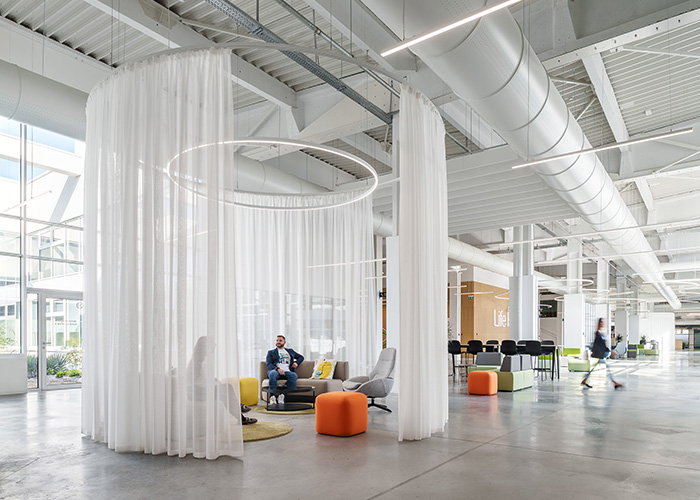
The InGrid office building, a Schneider Electric company, recently received LEED Platinum certification...
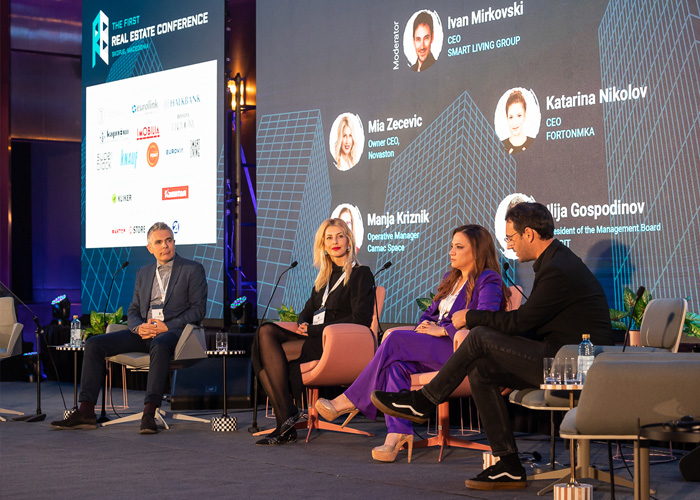
What does the future hold for offices? A diverse group of experts from the region discussed the key drivers of workplace strategies for the future...

Over the past few years, the commercial real estate market has been affected by major disruptions...
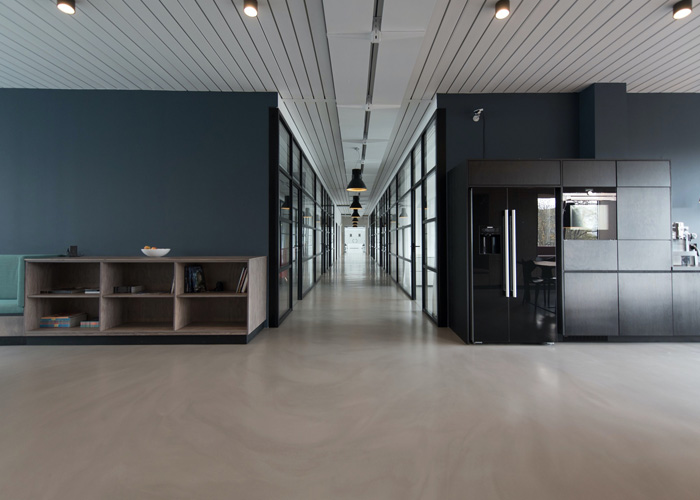
The main goal was to demystify every phase of this challenging process...
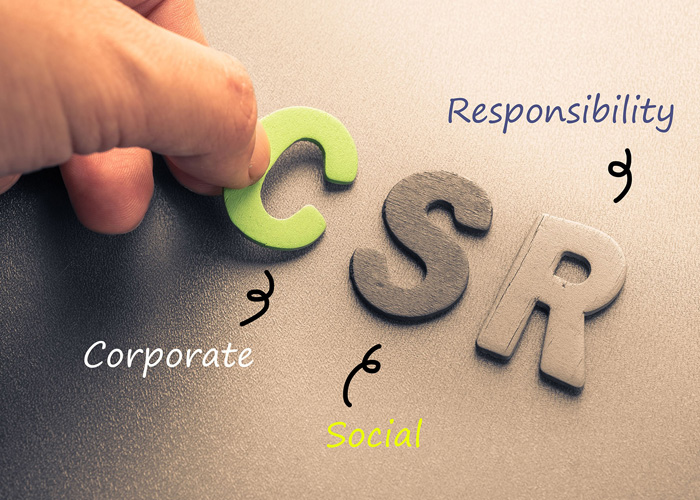
Difficult times are always a challenge for business survival and development...

Office premises in Serbia are leaders in raising sustainability standards...

The coronavirus pandemic has briefly slowed down the development of the real estate...

Recalling that the prices on the real estate market have been constantly increasing...

